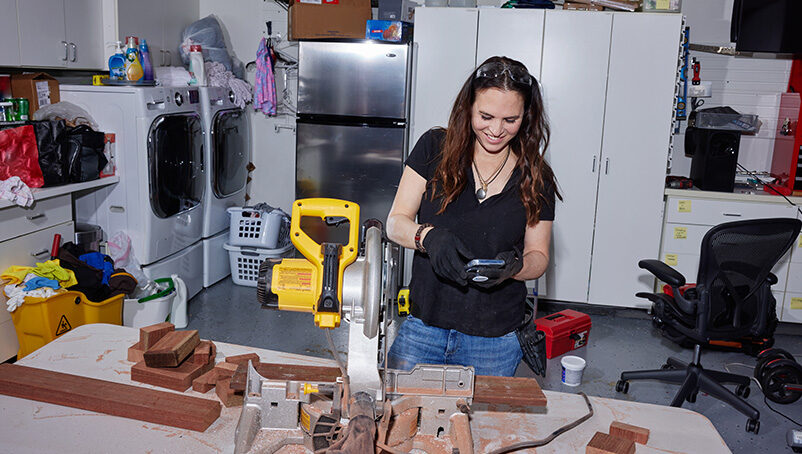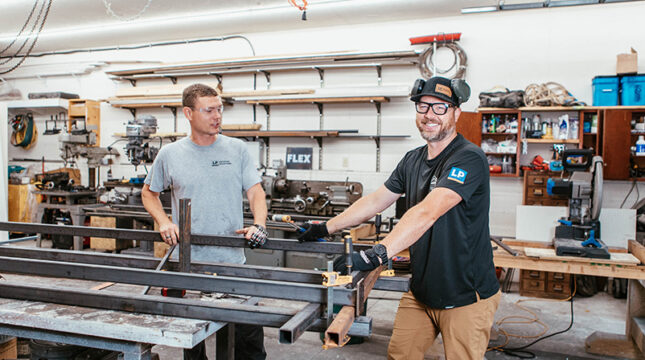As a business owner, you're no stranger to risk. Starting your own business might have been a big risk, and you make big and small business decisions daily that involve risk.
A critical component of protecting your business from unexpected financial loss is managing those risks effectively. But there’s no one-size-fits-all solution to small business risk management.
There are various ways to manage risk, and you may choose different strategies based on the severity of the threat to your bottom line.
One way to protect your business is to avoid risk, which sounds good in theory, but has some downsides. The other is to lessen existing risks.
Let's look at how risk avoidance and risk reduction work to decide if it’s the right choice for your business.
What is risk avoidance?
Risk avoidance works pretty much as it sounds. You eliminate your business’s exposure to a specific risk to avoid the potential losses it could bring.
No doubt, avoiding exposure can help you minimize potential negative financial consequences. There may be times when risk avoidance makes sense. For example, if a risk would bankrupt your business or the cost to mitigate it would put you in the red.
What are examples of risk avoidance?
While avoiding all risks may not be the best solution for your business, there may be some risks you simply won't accept because the potential for loss is too great — and that's okay. Here are a few examples of what risk avoidance may look like in different businesses.
- A landscaping company elects not to trim or cut down trees near power lines and lets the utility company handle it.
- A cleaning business owner chooses not to provide services requiring hazardous chemicals because of their risk to both employees and customers.
Be mindful though; avoiding risks also limits growth opportunities.
The good news is you don't have to avoid all risks to run a sustainable and profitable business. You may be able to reduce it instead.
What is risk reduction?
Since avoiding risk can slow growth and reduce profitability, reducing risk in your small business may make more sense than avoiding it altogether.
You don’t completely eliminate exposure to a specific risk with risk reduction. Instead, you take steps to minimize the likelihood it will happen and the impact it may have on your business if it does.
There are many ways to reduce risk within an organization, including:
- Conducting employee training
- Implementing safety protocols
- Creating internal checks and balances
- Maintaining adequate business insurance coverage
Implementing the right risk reduction procedures can help lower your risk to a level you can live with — without eliminating potential opportunities for your business.
What are examples of risk reduction?
Just because you can avoid a risk doesn't mean it’s the right choice for your business. Sometimes, it may make more sense to take steps to reduce the risk of a specific exposure without eliminating it. For example:
- A restaurant owner who provides food delivery service has drivers who could get into an accident at any time. Instead of discontinuing delivery, the owner requires all drivers to take a safe driving class.
- A consultant uses a contract to clearly outline the scope of each project, including the deliverables, what the client will provide, payment terms and timeline. Being as detailed as possible helps reduce the likelihood that a client will file an errors and omissions claim for not completing the work as agreed.
- A contractor rents or leases (instead of buying) expensive equipment for specific construction projects instead of giving up on opportunities that need it.
How do you balance risk avoidance vs. risk reduction?
Deciding which risks you're willing to reduce and which you can't live with is a balancing act.
Avoiding too many could limit the possibilities for growth and profit within your business. However, accepting too many could lead to financial losses you can't recover from.
But why limit yourself? You don't have to either accept or eliminate all risks. You can do both. Here's how.
- Eliminate. Identify the risks that pose too great of a threat or cost too much to reduce and eliminate.
- Reduce. Identify the risks you could live with if you reduced them. Reduce them to a level you're comfortable with.
- Transfer. No law says you must assume whatever risks are left by yourself. That's what insurance is for. In exchange for paying a premium, the insurance company assumes the risk of a specific loss up to the policy limit.
Here's an example of how you might balance risk avoidance and risk reduction if you owned a dog walking business.
You could choose to eliminate some risks by not providing services to certain types of dogs — and that may be appropriate in some situations. However, it also limits your opportunity to grow your business and earn more.
So, instead of not offering services to some types of pooches, you take steps to reduce your risk. For example, large dogs may pose a greater risk than small dogs because they're bigger, stronger and could potentially inflict more damage or severe injuries.
Instead of adopting a policy of not working with large dogs, you require staff members to participate in safety training and implement safety protocols when working with large dogs (e.g., using a gentle leader when going for a walk).
To reduce your exposure even further, you transfer some or all of the remaining risk by purchasing adequate insurance for your business.
How NEXT helps small businesses mitigate risk
Risk transfer is a common way for businesses to minimize the impact certain types of risk may have on their company, and we can help.
At NEXT, we make getting the insurance you need to protect your business from financial loss easy, affordable and fast.
Choose from general liability, workers' compensation, professional liability, commercial auto, commercial property and tools and equipment coverage. It only takes about 10 minutes to complete an application, see your policy options and purchase coverage.
As soon as you make your payment, you'll get immediate access to your live certificate of coverage.
If you have questions during the process, our licensed, U.S.-based insurance professionals are available to help.
Get started with your free online quote today.






